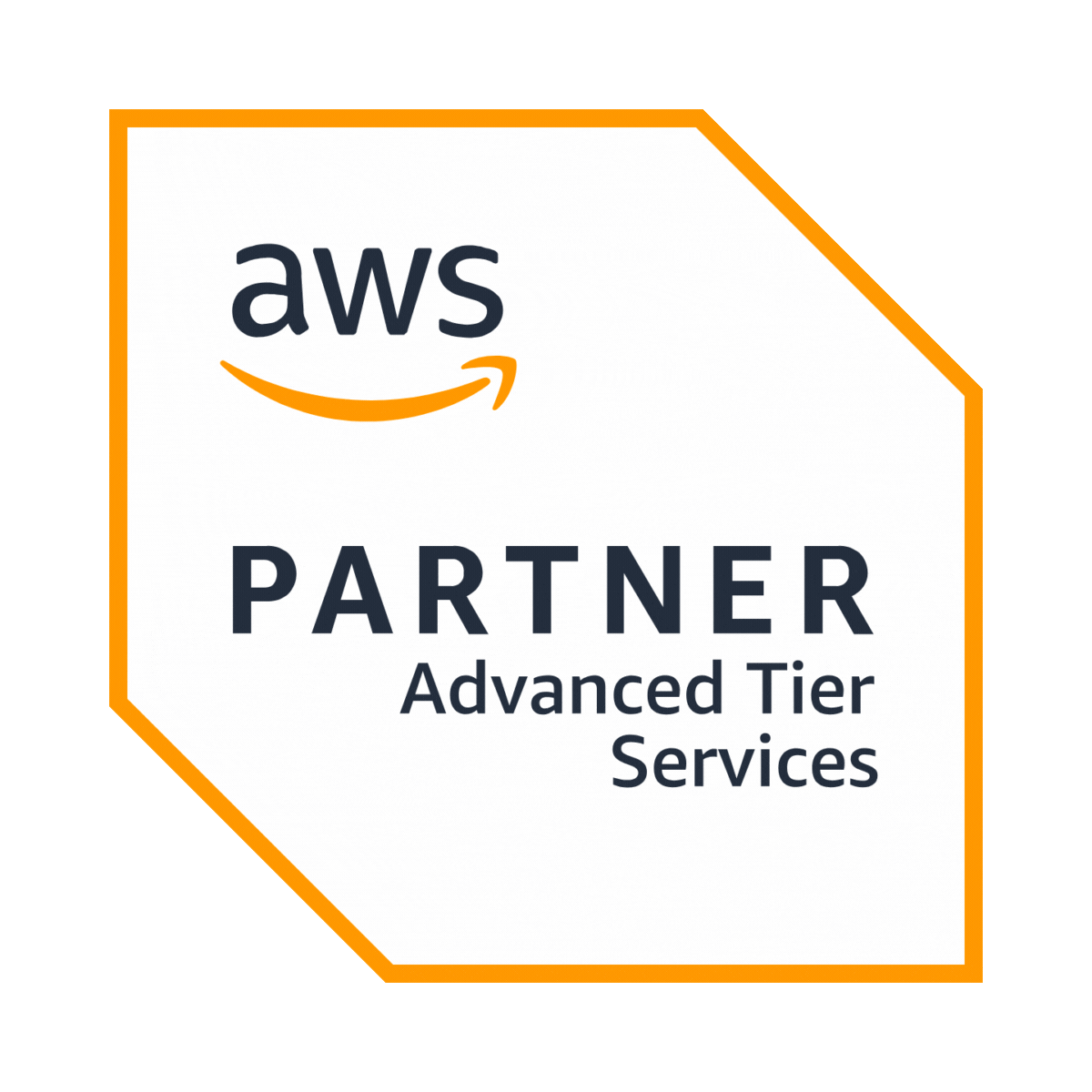AWS serverless backend development
Forward-thinking businesses are embracing the future of application development with serverless solutions that offer instant scalability and operational efficiency, all tailored to your unique requirements.
Benefits of serverless backend for your modern applications.
We empower organizations to build applications using a serverless service backend that automatically adjusts to demand, ensures high availability, and only incurs costs for actual usage.
Serverless computing with AWS follows a pay-as-you-go pricing model, eliminating the need for provisioning or paying for idle server resources.
Serverless applications automatically scale with demand, from a few requests to thousands per second, ensuring consistent performance without manual intervention.
With serverless, the time spent on setting up and maintaining servers is drastically reduced, accelerating the development cycle and enabling faster delivery of features.





Our expertise in AWS serverless backend use cases
With a proven track record of driving growth and scalability, we empower businesses to build serverless backend on AWS, enabling them to thrive in the cloud-native era.
Build backend APIs for web and mobile applications, handling authentication, data processing, and more, all with the scalability and reliability of AWS Serverless architecture.
Process streaming data from IoT devices, clickstreams, or other sources in real-time, using AWS Lambda to trigger actions and execute code without provisioning servers.
Perform batch processing tasks such as image or video transcoding, data validation, and ETL (Extract, Transform, Load) processes efficiently and cost-effectively with AWS Lambda.
Our excellence in building serverless backends
We leverage AWS serverless services to architect and develop the backend infrastructure for your application, guaranteeing scalability, reliability, and cost-efficiency.
Execute code in response to triggers such as changes in data, shifts in system state, or HTTP requests, automatically scaling your applications based on incoming traffic.
Create, publish, maintain, monitor, and secure APIs at any scale to build serverless backend architectures for web and mobile applications.
Enable your applications to handle massive amounts of data with ease, all while maintaining high availability and reliability.
Build complex, multistep workflows without managing infrastructure, enabling efficient orchestration of serverless applications.
Our case studies
Every solution we build aims to solve real-world problems while adhering to the same programming values. Check out our portfolio section below!
We built a Proof of Concept (PoC) for our client to upload unstructured data into the data lake. Which would then be structured and processed in a warehouse for easy, digestible, and filterable insights—all in real-time.




Applify assisted SANS by designing and developing a native Android and iOS mobile app tailored for their on-premise servers, fostering seamless communication among employees.
Our team implemented a web platform for admin and finance, mobile apps for ordering and delivery, and a feature-rich web admin panel, leveraging NodeJs, Flutter, and Angular technologies.


Frequently asked questions
Get quick answers to common queries that clients often have before transitioning to AWS Serverless Backend Development.
AWS Lambda allows developers to run code without provisioning or managing servers. When triggered by events such as HTTP requests, file uploads, or database changes, Lambda automatically executes the code in response. Developers upload their functions to Lambda and define the events that trigger them. Lambda then scales the infrastructure to accommodate the workload, ensuring consistent performance. Further, it supports multiple programming languages and integrates seamlessly with other AWS services, enabling developers to build scalable and cost-effective applications.
Commonly used AWS services in serverless backend development include AWS Lambda for computing, Amazon API Gateway for managing APIs, Amazon DynamoDB for NoSQL database storage, Amazon S3 for object storage, Amazon SNS and Amazon SQS for messaging, and AWS Step Functions for managing serverless workflows. Additionally, AWS CloudWatch is used for monitoring and logging, while AWS IAM provides security and access control. These services collectively enable developers to build scalable, cost-effective backend solutions without managing servers, allowing for rapid development, seamless integration, and efficient deployment of applications in the cloud-native environment.
With serverless architecture, you only pay for the compute resources consumed by your functions, eliminating the need to provision and maintain servers. Additionally, AWS Lambda provides free tiers and fine-grained billing based on function invocations and execution duration. This means you can scale your applications seamlessly without incurring unnecessary costs during idle periods. Furthermore, serverless architectures inherently promote efficiency by auto-scaling resources in response to demand, optimizing costs, and ensuring you only pay for the resources you use, making it a cost-effective solution for varying workloads.
Yes, existing applications can be migrated to AWS Serverless architecture. AWS provides tools and resources to facilitate this transition, allowing you to refactor monolithic applications into serverless microservices. Through services like AWS Lambda and AWS SAM (Serverless Application Model), you can decompose your application into smaller, more manageable functions that leverage serverless infrastructure. Additionally, AWS offers compatibility with various programming languages, enabling seamless integration with your existing codebase.
In AWS Serverless architectures, data storage and retrieval are typically managed through a combination of services such as Amazon DynamoDB, Amazon S3, and AWS Lambda. Amazon DynamoDB, a fully managed NoSQL database service, offers seamless scalability and low-latency access to data, making it ideal for serverless applications. For larger data sets or file storage, Amazon S3 provides secure, durable, and highly available object storage. AWS Lambda functions can interact with these services directly, enabling developers to store, retrieve, and manipulate data as needed without managing the underlying infrastructure. This approach ensures efficient data handling, allowing serverless applications to scale effortlessly while maintaining high performance.
Our resources
Developing a successful digital product is a complex process that requires choosing the right partner, applying innovative solutions, and following reliable processes.
Let's redefine the digital future of your business together.
Schedule a meeting with our business team today.
Get in Touch

























